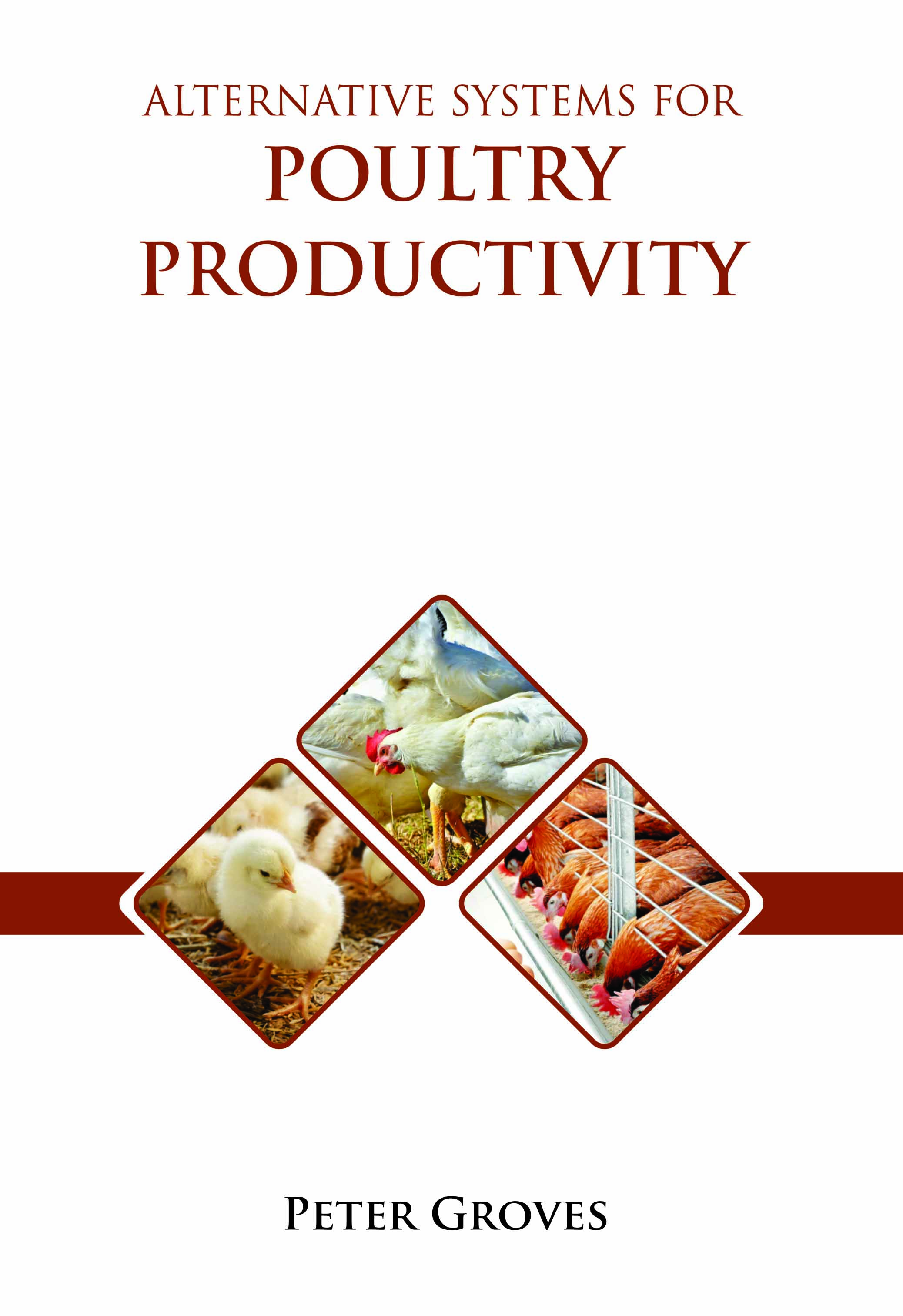
Alternative Systems for Poultry Productivity
by Peter Groves
| ISBN | 9781806244850 |
|---|---|
| Publisher | Digital Drive Learning |
| Copyright Year | 2026 |
| Price | $267.00 |

by Peter Groves
| ISBN | 9781806244850 |
|---|---|
| Publisher | Digital Drive Learning |
| Copyright Year | 2026 |
| Price | $267.00 |
Various methods for raising chicken are complementary to traditional poultry farming. There have been instances, nevertheless, where both traditional and alternative production methods have received unjustified criticism from one another. Cohesion across production systems is the ultimate objective for the entire sector to increase customer confidence in poultry. Raising various domestic bird species for the commercial production of meat, eggs, and feathers are referred to as poultry farming. Chickens are the most popular and frequently grown poultry animals. An estimated 5 billion chickens are grown for food each year (both meat and eggs of chicken). Hens raised for their eggs are referred to as layer chickens, whereas chickens raised for their meat are referred to as broiler chickens. Raising tamed birds takes place on a poultry farm. Ducks, geese, turkeys, and chickens are all considered poultry. For their meat and eggs, these animals are raised. The majority of birds farmed for both meat and eggs are chickens. Broilers are chickens kept solely for their meat. Laying hens, sometimes known as layers, are chickens reared primarily for their eggs. For exhibits and contests, some unique breeds of poultry are raised. The book discusses poultry farming, stressing the characteristics of various poultry species and the reasons it is a successful business. It investigates the biological origins of various types of poultry. The effective incubation, brooding, raising, and management of adult birds and the factors required for each are described. Additionally covered are poultry nutrition, record keeping, and marketing fundamentals. Finally, the course seeks to foster entrepreneurial abilities in the poultry farming industry.